Hallyeohaesang and Taeanhaean, two of Korea's major national parks, are both thriving homes to a wide variety of animals and plants.
The number of wild species inhabiting those two parks has nearly doubled over the past 10 years, the Korea National Park Service (KNPS) announced on June 10.
According to a study conducted last year, the number of animals and plants in Hallyeohaesang National Park, a marine ecosystem located along the southern shoreline of the peninsula in the South Sea, was 4,383, showing an increase of 78 percent from the 2,461 recorded in 2005. The park authority came across 24 wild species in danger of extinction, including Aerides, Orobanche filicicola Nakai, Nannophya pygmaea and Clithon retropictus. It also discovered nine subtropical species including Papilio helenus and Microporus flabelliformis, and there seems to be changes in the ecosystem as a result of global warming.
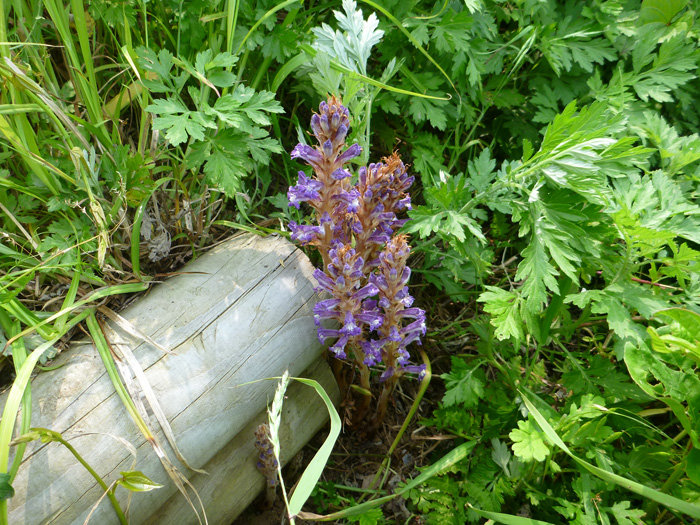
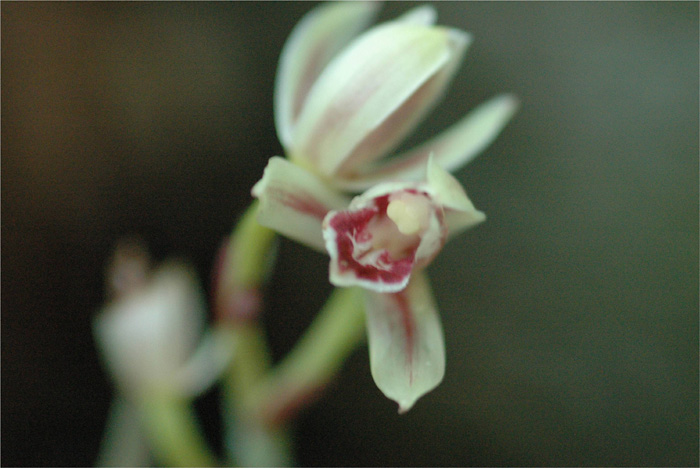
The KNPS confirmed 3,572 species in Taeanhaean National Park, located along the western coastline of the peninsula at the Yellow Sea, an increase of 105 percent compared to the 1,741 identified in 2005. It found 16 species in danger of extinction including the Chinese egret, Eremias argus and Iris dichotoma, which is originally known to have lived on Daecheongdo and Baeknyeongdo islands.
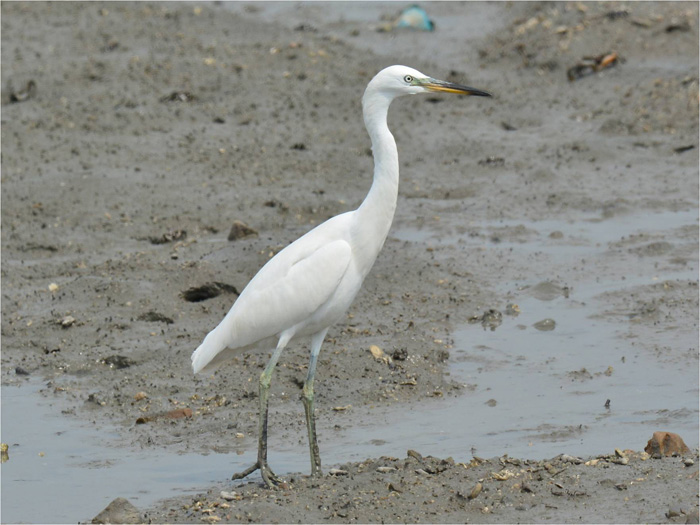
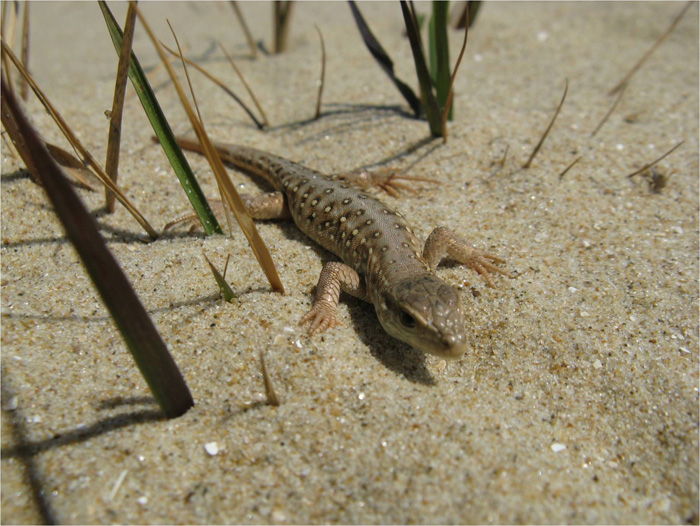
The park authority discovered ten wild species that are in danger of extinction which were not found in the previous study ten years ago. The authority said this is attributed to the ecological environment for the species improving due to preservation efforts using a geographic information system (GIS), the blockage of byway trails and increased surveillance against illegal harvesting.
By Limb Jae-un
Korea.net Staff Writer
Photos courtesy of the KNPS
jun2@korea.kr
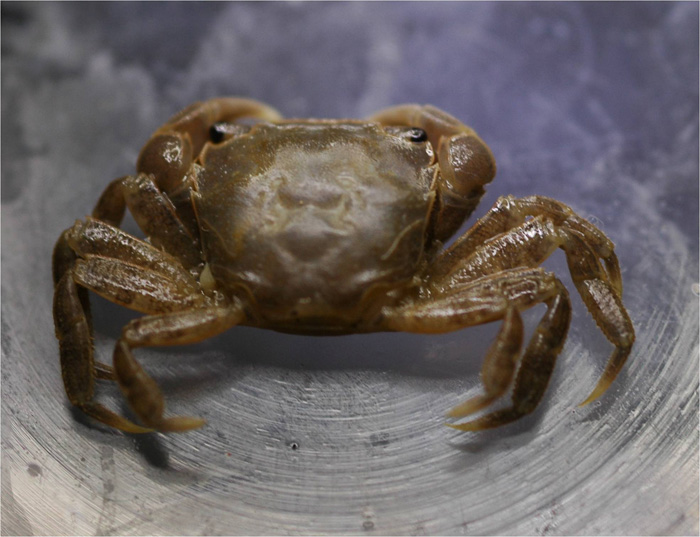
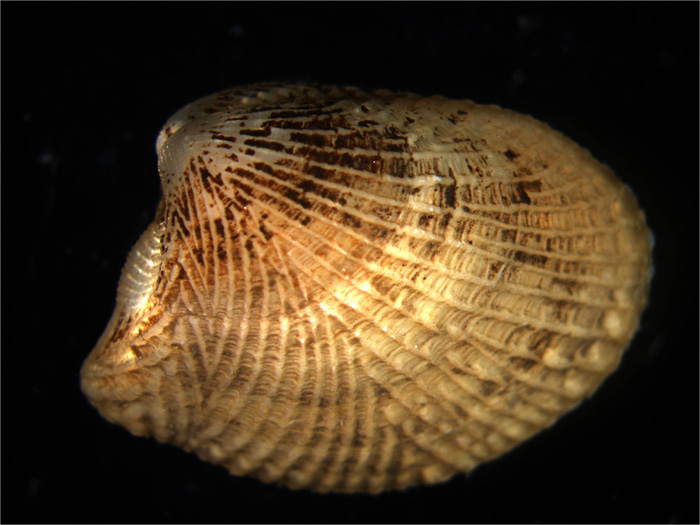
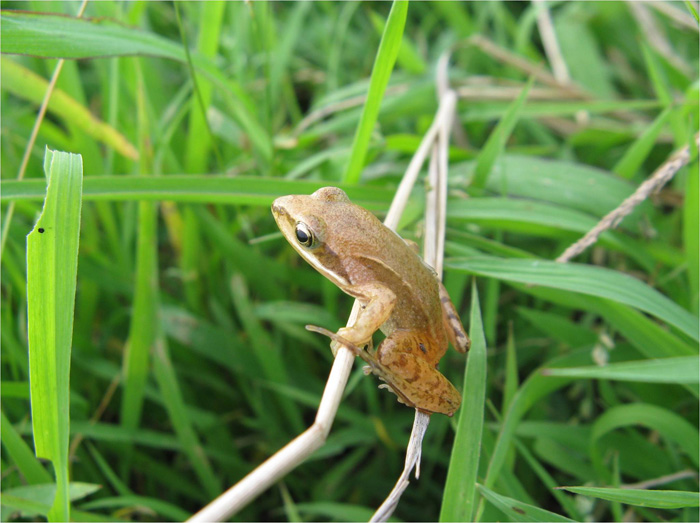
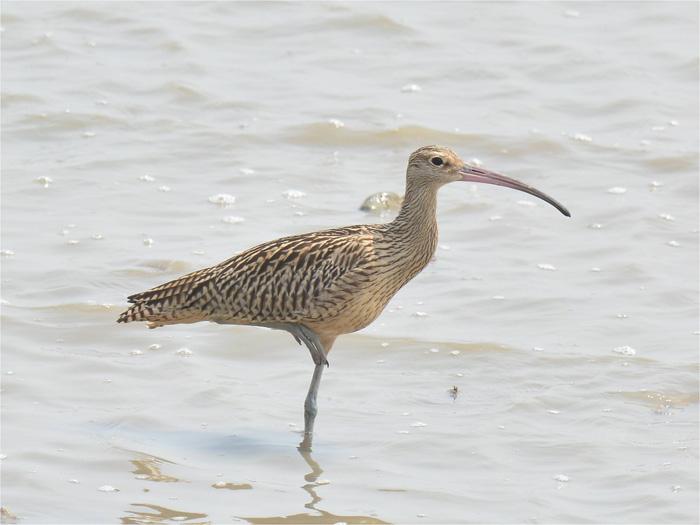
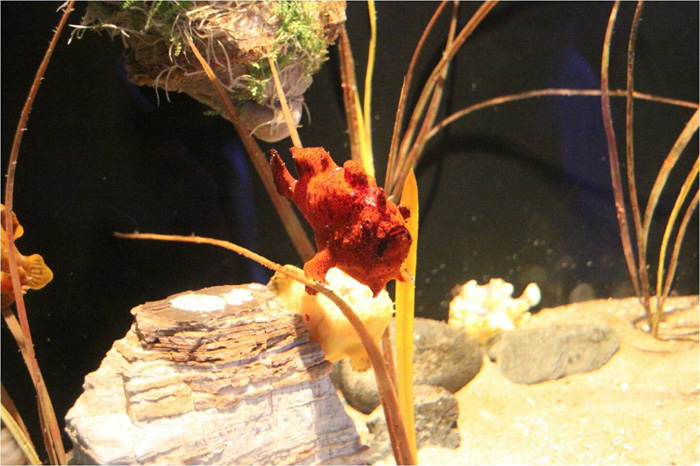
The number of wild species inhabiting those two parks has nearly doubled over the past 10 years, the Korea National Park Service (KNPS) announced on June 10.
According to a study conducted last year, the number of animals and plants in Hallyeohaesang National Park, a marine ecosystem located along the southern shoreline of the peninsula in the South Sea, was 4,383, showing an increase of 78 percent from the 2,461 recorded in 2005. The park authority came across 24 wild species in danger of extinction, including Aerides, Orobanche filicicola Nakai, Nannophya pygmaea and Clithon retropictus. It also discovered nine subtropical species including Papilio helenus and Microporus flabelliformis, and there seems to be changes in the ecosystem as a result of global warming.


Orobanche filicicola Nakai (top) and Cymbidium nipponicum makino inhabit Hallyeohaesang National Park.
The KNPS confirmed 3,572 species in Taeanhaean National Park, located along the western coastline of the peninsula at the Yellow Sea, an increase of 105 percent compared to the 1,741 identified in 2005. It found 16 species in danger of extinction including the Chinese egret, Eremias argus and Iris dichotoma, which is originally known to have lived on Daecheongdo and Baeknyeongdo islands.


Chinese egrets (top) and Eremias argus can be found in Taeanhaean National Park.
The park authority discovered ten wild species that are in danger of extinction which were not found in the previous study ten years ago. The authority said this is attributed to the ecological environment for the species improving due to preservation efforts using a geographic information system (GIS), the blockage of byway trails and increased surveillance against illegal harvesting.
By Limb Jae-un
Korea.net Staff Writer
Photos courtesy of the KNPS
jun2@korea.kr





(From top) Hemigrapsus penicillatus, Acila divaricata vigila, a frog native to Korea, the Eastern curlew and other frogs and fishes are some of the species found in Hallyeohaesang and Taeanhaean national parks.

